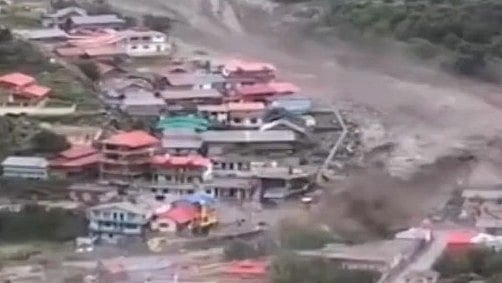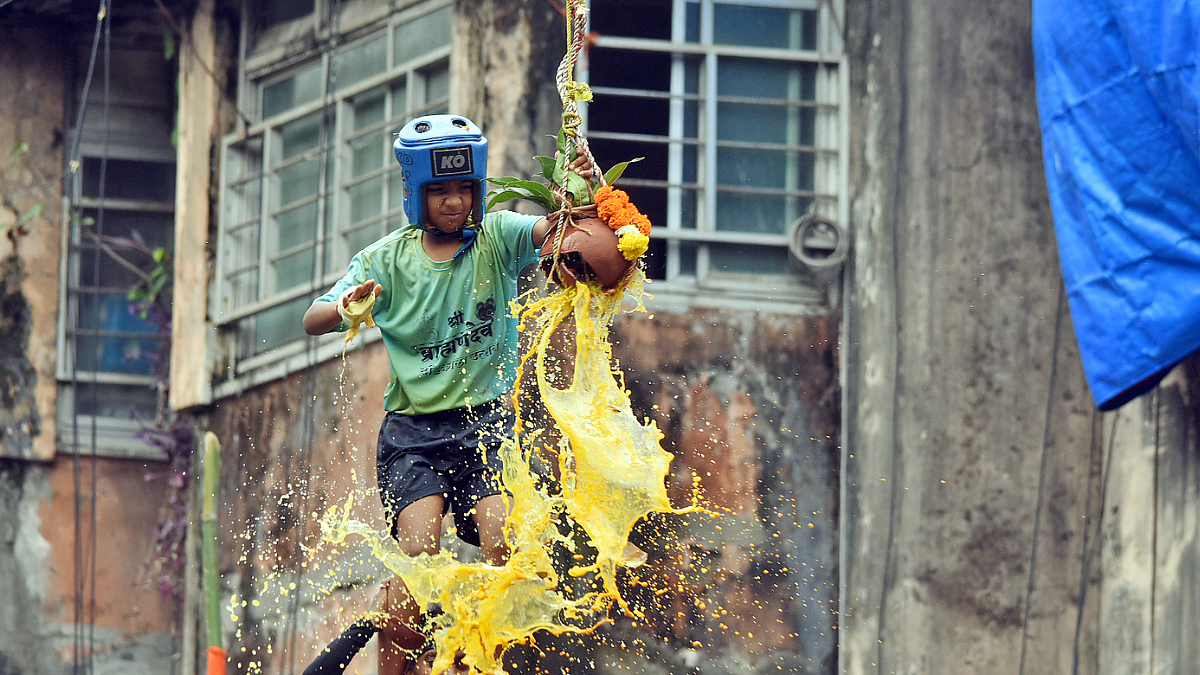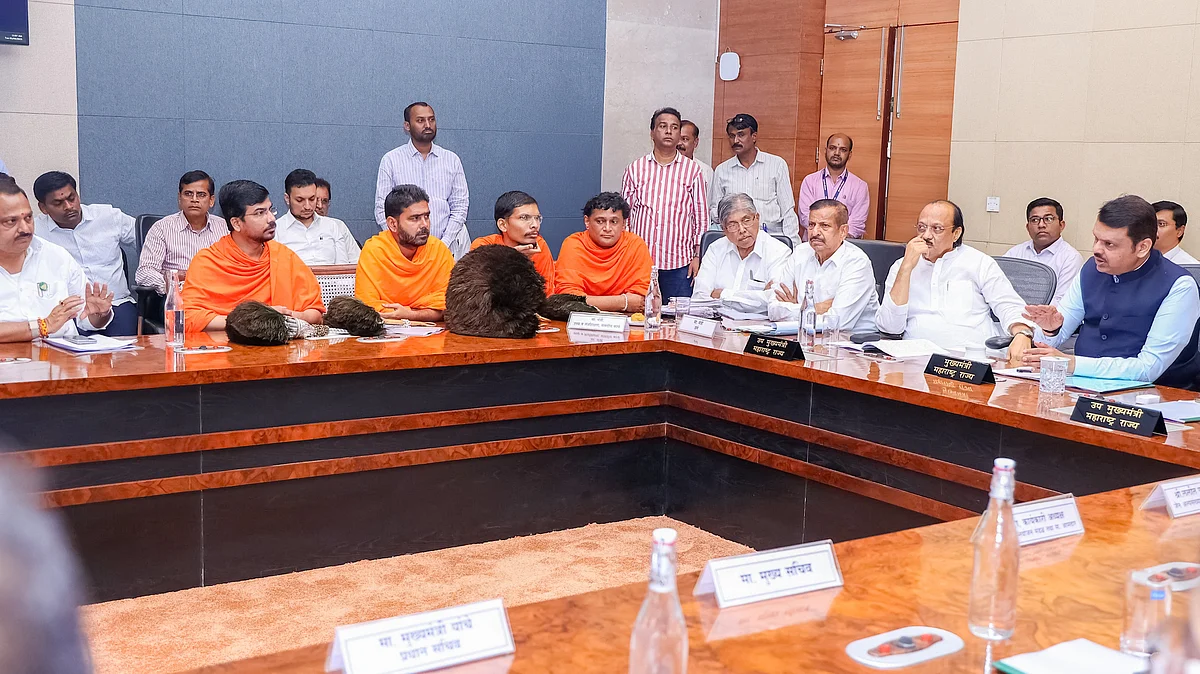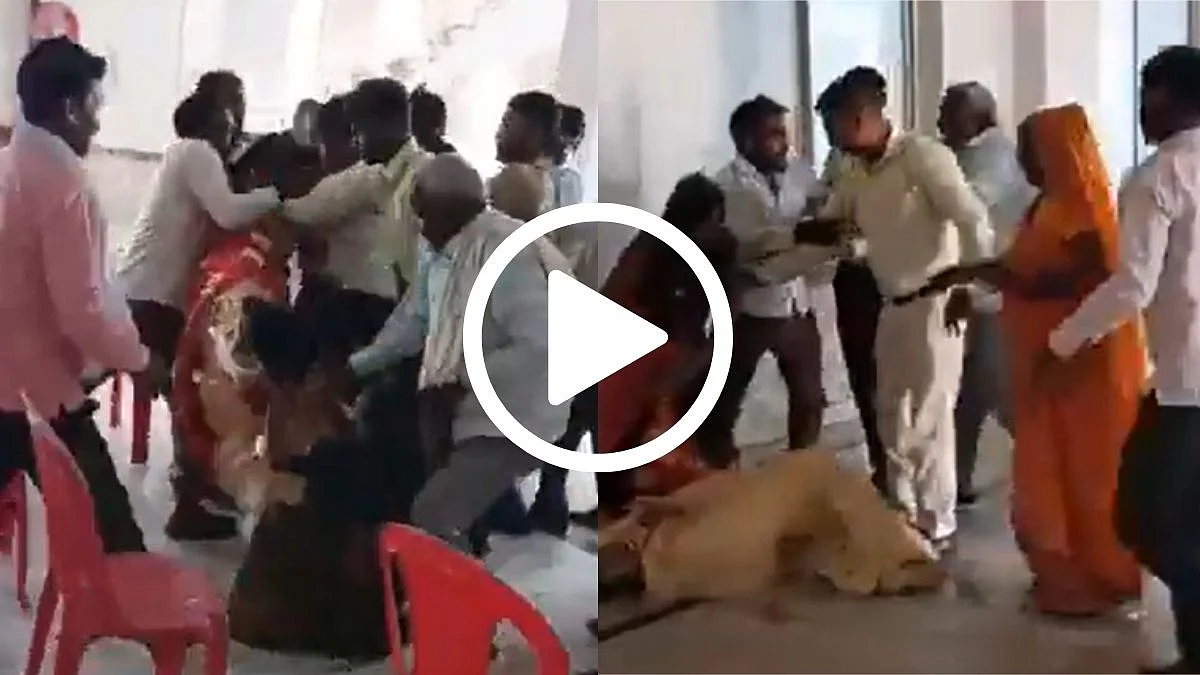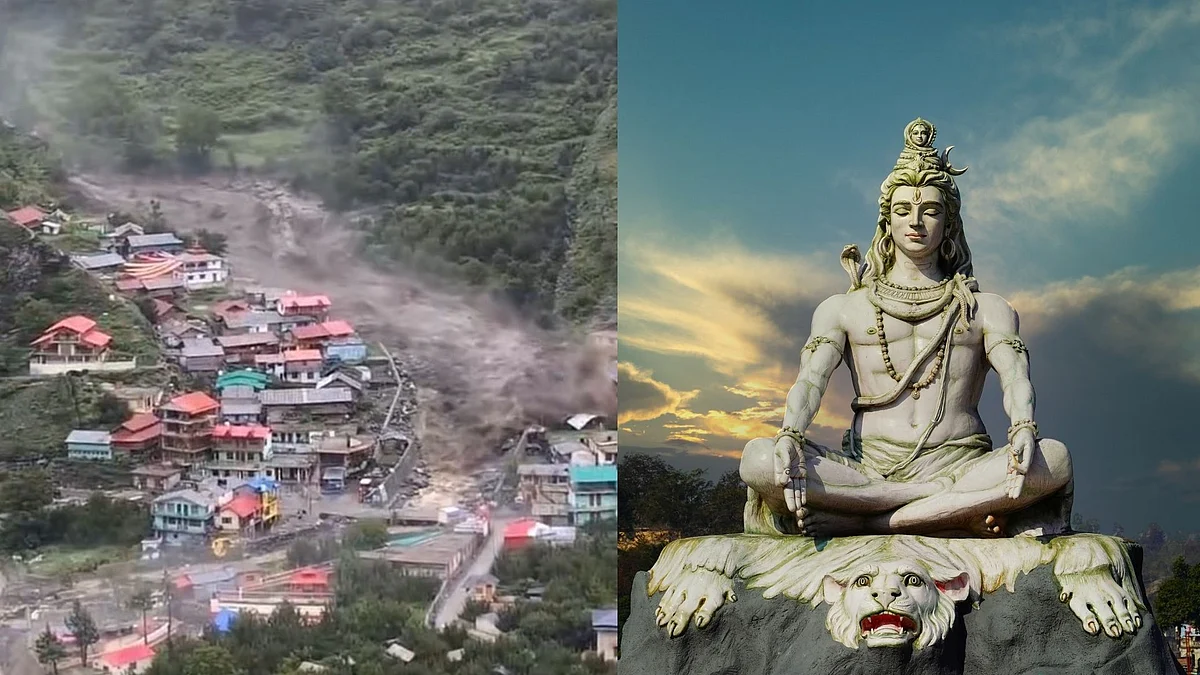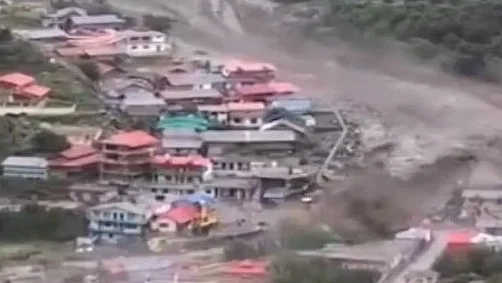At least four people have died and several others are reported missing after a devastating cloudburst hit the Dharali area near Harsil in Uttarakhand's Uttarkashi district on Tuesday. According to district magistrate Prashant Arya, rescue operations are ongoing, with the police, SDRF, Army, and disaster response teams on-site amid rising water levels in the Kheer Ganga stream.
According to initial media reports, the sudden cloudburst resulted in flash floods that swept away portions of the affected villages, leaving destruction in their wake. Authorities are rushing to assess the full extent of the damage as reports of missing people continue to emerge. Rescue personnel are battling through difficult terrain to locate survivors and provide aid.
What is a Cloudburst?
A cloudburst refers to an intense and sudden rainfall event, typically over 100 mm of rain within one hour, as per the India Meteorological Department (IMD). What makes it so dangerous is its localised impact, usually throughout just 20 to 30 square kilometres, which means the affected area can be caught completely off guard.
These extreme weather events are often caused by the rapid condensation of moisture in the atmosphere, especially over mountainous regions like the Himalayas. According to a 2021 report by the Ministry of Earth Sciences, cloudburst incidents have increased due to climate change, particularly affecting the West Coast and Himalayan belts, with five additional cloudbursts occurring per decade since 1969.
Why are cloudbursts so dangerous?
The aftermath of a cloudburst can be destructive. Here’s why:
Flash Floods: Sudden, massive water flow can destroy roads, bridges, homes, and anything in its path. For instance, Himachal Pradesh and Uttarakhand witnessed destructive flash floods in August 2022.
Landslides: Water-soaked soil in hilly terrain often triggers landslides. The Pithoragarh landslide in Uttarakhand is a tragic example.
Health Hazards: Floodwaters become breeding grounds for waterborne (cholera, typhoid) and vector-borne diseases (dengue, malaria), compounding the disaster's toll.
Infrastructure Damage: Communication lines, power plants, and transport routes like railways and highways are often cut off, leading to isolation of affected areas.
Urban Impact: In coastal cities like Chennai, flash floods expose the limitations of traditional drainage and flood management systems, leaving millions vulnerable.
